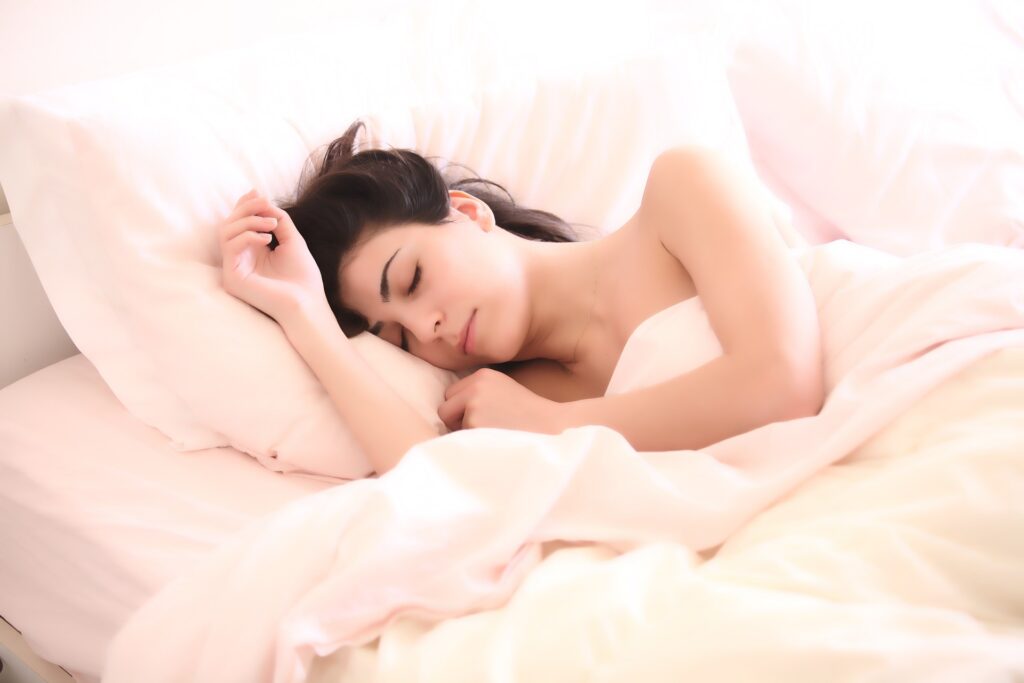You have probably wondered why it is easier for you to fall asleep in a particular position, be it back, side, fetal, or stomach. Similarly fascinating is the fact that, after constant shifting and turning during the night, we often find ourselves waking up in a completely different sleeping position to the one about 8 hours before. We looked at recent research in order to provide you with some meaningful tips.

First of all, it is important to differentiate between young, healthy people and older individuals with medical conditions. According to Rachel Salas MD, an associate professor of neurology at Johns Hopkins Medicine, those we back pain should focus on what feels right, since so many factors are at play. Choosing a supportive pillow that cradles the neck could help alleviate neck or shoulder pain. Feather pillows are the best at conforming to the shape of the neck but must be replaced every so often. Memory foam pillows are also great at taking the necessary shape but you want to ensure the height and firmness are right.
If you snore or suffer from sleep apnea, laying on your side or stomach can help the airways stay open. However, a recent paper in Sleep found that improvements in patients with obstructive sleep apnea depend on the pharyngeal structure impeding airflow, which means that the solution must be selected on a case-by-case basis. Further, note that the general consensus is to avoid sleeping on your stomach if possible, since it leads to spine flexing and turning of the neck to a side.
For relief from reflux and heartburn, your left side will likely be the optimal choice. Combining this with no food intake two hours before going to bed is an even better idea.
When cosmetic considerations are taken into account, sleeping on your back will certainly avoid any chronic skin changes on your face. While this may seem obvious, teaching yourself to preserve the same position will require commitment, since habits set early in life are hard to break. To reinforce a particular position you may need extra pillows at the outset. This is perfectly fine as long as you gradually remove the support before it is completely off your bed in subsequent weeks or months.
All of the above may yield positive results only if the fundamentals are right. Those are your bed, mattress, and pillows. Stay tuned as we discuss such characteristics as sizes, firmness, and materials in future posts.



